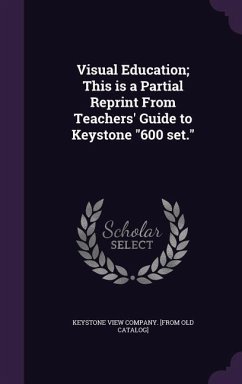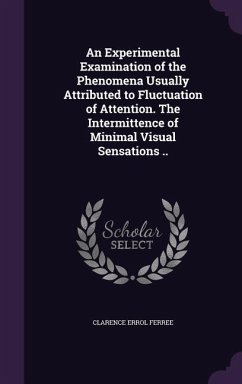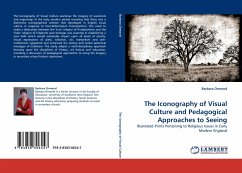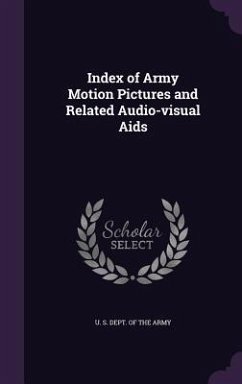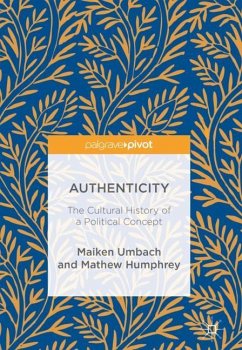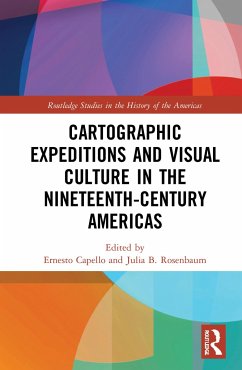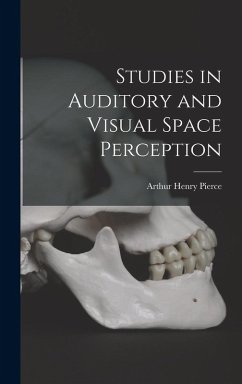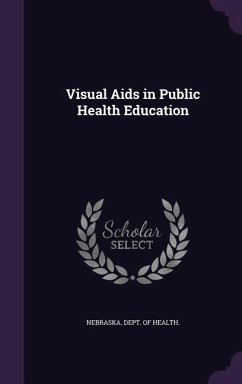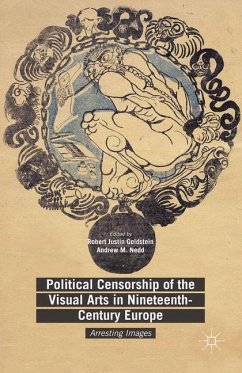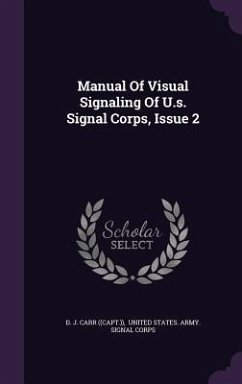
From Art History to Visual Culture
The Study of the Visual after the Cultural Turn
Versandkostenfrei!
Versandfertig in 6-10 Tagen
39,99 €
inkl. MwSt.

PAYBACK Punkte
20 °P sammeln!
Visual Culture is a research area and a curricularinitiative that regards the visual image as the focalpoint in the processes through which meaning is madein a cultural context. This work explores thehistory, theoretical frameworks, methodology andpedagogy of Visual Culture in the United Statesaround 2000. The main questions are: What are therelationships between the study of Art History andthe study of the visual and the cultural? How doesone teach Visual Culture?Visual Culture does not replace Art History. Theformer expands the study of images and adds a newdimension to the traditional histo...
Visual Culture is a research area and a curricular
initiative that regards the visual image as the focal
point in the processes through which meaning is made
in a cultural context. This work explores the
history, theoretical frameworks, methodology and
pedagogy of Visual Culture in the United States
around 2000. The main questions are: What are the
relationships between the study of Art History and
the study of the visual and the cultural? How does
one teach Visual Culture?
Visual Culture does not replace Art History. The
former expands the study of images and adds a new
dimension to the traditional history of art by
looking at images that have not been considered art.
Visual Culture is not limited to the study of
representations but extends to the everyday practices
of seeing and showing. There are two aspects,
disciplinary and institutional, and two "dimensions"
to this work: temporal - concerning the
art-historical enterprise as it had been shaped by
currents of thought before the advent of Critical
Theory, contrasted with the present state of
scholarship, and spatial - similarities and
differences in the curricula and methods of teaching
in four US universities are examined.
initiative that regards the visual image as the focal
point in the processes through which meaning is made
in a cultural context. This work explores the
history, theoretical frameworks, methodology and
pedagogy of Visual Culture in the United States
around 2000. The main questions are: What are the
relationships between the study of Art History and
the study of the visual and the cultural? How does
one teach Visual Culture?
Visual Culture does not replace Art History. The
former expands the study of images and adds a new
dimension to the traditional history of art by
looking at images that have not been considered art.
Visual Culture is not limited to the study of
representations but extends to the everyday practices
of seeing and showing. There are two aspects,
disciplinary and institutional, and two "dimensions"
to this work: temporal - concerning the
art-historical enterprise as it had been shaped by
currents of thought before the advent of Critical
Theory, contrasted with the present state of
scholarship, and spatial - similarities and
differences in the curricula and methods of teaching
in four US universities are examined.



